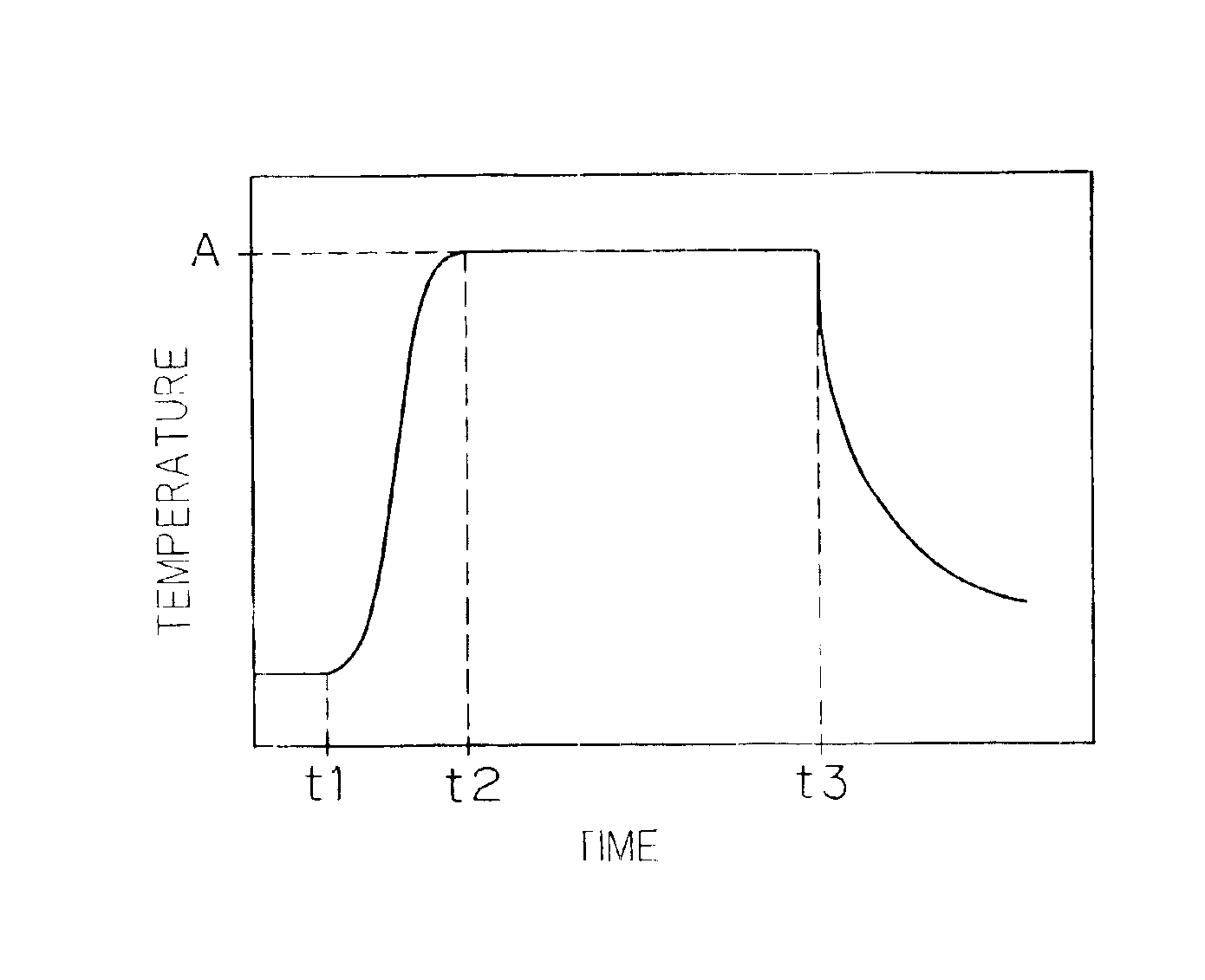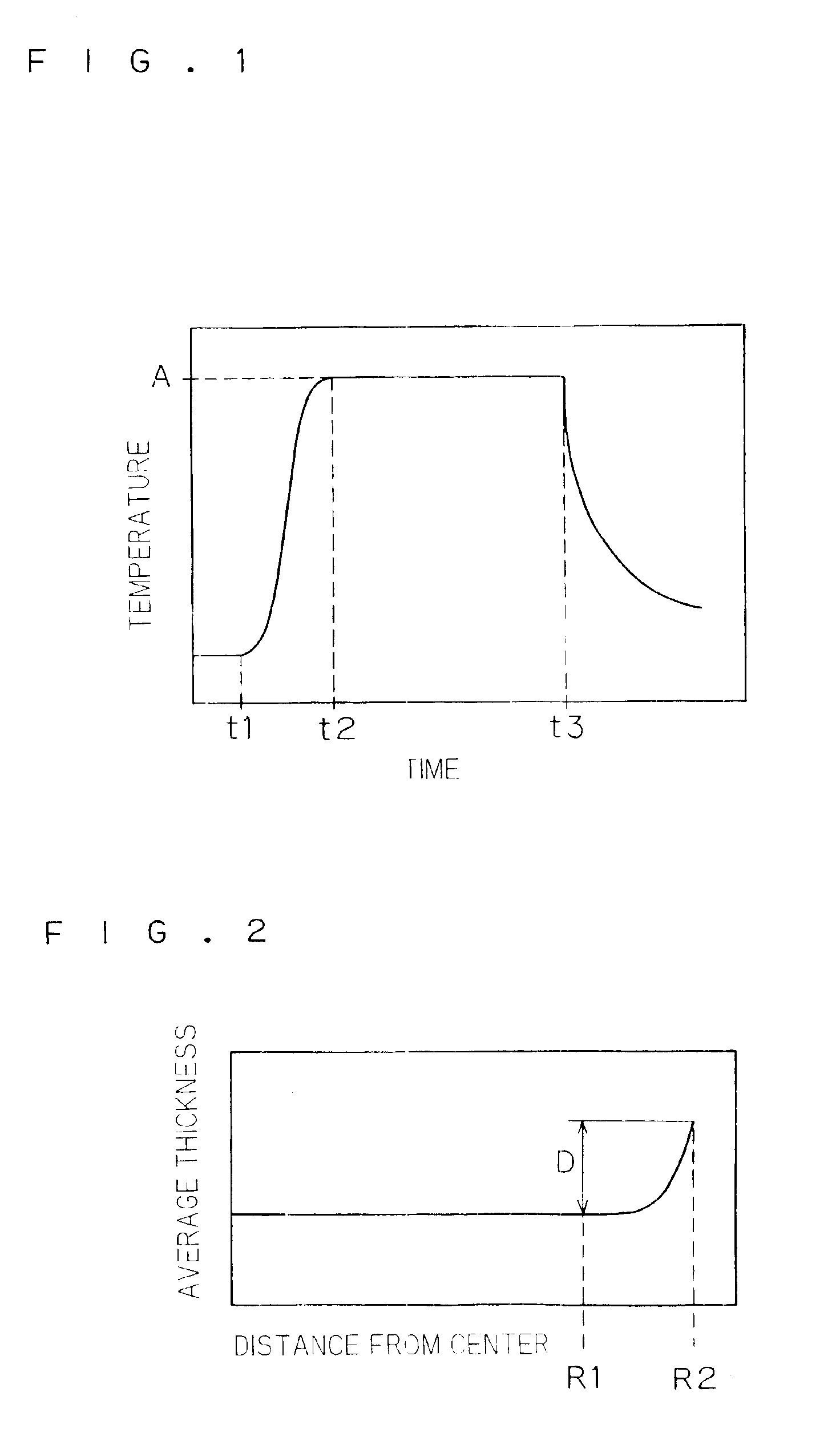Thermal processing apparatus
a technology of thermal processing and substrate, applied in the field of thermal processing apparatus, can solve the problems of irregular temperature, relatively slow increase of temperature on the outer surface, and irregular temperature, and achieve the effects of reducing displacement, improving temperature uniformity of substrate heating, and suppressing overlap
- Summary
- Abstract
- Description
- Claims
- Application Information
AI Technical Summary
Benefits of technology
Problems solved by technology
Method used
Image
Examples
Embodiment Construction
FIG. 3 is a longitudinal sectional view showing the structure of a thermal processing apparatus 1 according to a first preferred embodiment of the present invention. FIG. 3 omits parallel oblique lines with respect to sections of details.
The thermal processing apparatus 1 irradiates a substrate 9 with light in a prescribed atmosphere thereby performing various thermal processing (oxidization, annealing, CVD etc.) accompanied by heating. In the thermal processing apparatus 1, a body part 11 forming the apparatus body, a lid part 12 covering the upper portion of the body part 11 and a reflector 13 arranged on the central bottom surface of the body part 11 form a chamber. A chamber window 21 of quartz vertically partitions the internal space of the chamber, and a support ring group 30 supports the substrate 9 in a lower processing space 11a. An O-ring (not shown) seals the clearance between the chamber window 21 and the body part 11, which has a cylindrical inner side surface.
A plurali...
PUM
 Login to View More
Login to View More Abstract
Description
Claims
Application Information
 Login to View More
Login to View More - R&D
- Intellectual Property
- Life Sciences
- Materials
- Tech Scout
- Unparalleled Data Quality
- Higher Quality Content
- 60% Fewer Hallucinations
Browse by: Latest US Patents, China's latest patents, Technical Efficacy Thesaurus, Application Domain, Technology Topic, Popular Technical Reports.
© 2025 PatSnap. All rights reserved.Legal|Privacy policy|Modern Slavery Act Transparency Statement|Sitemap|About US| Contact US: help@patsnap.com



